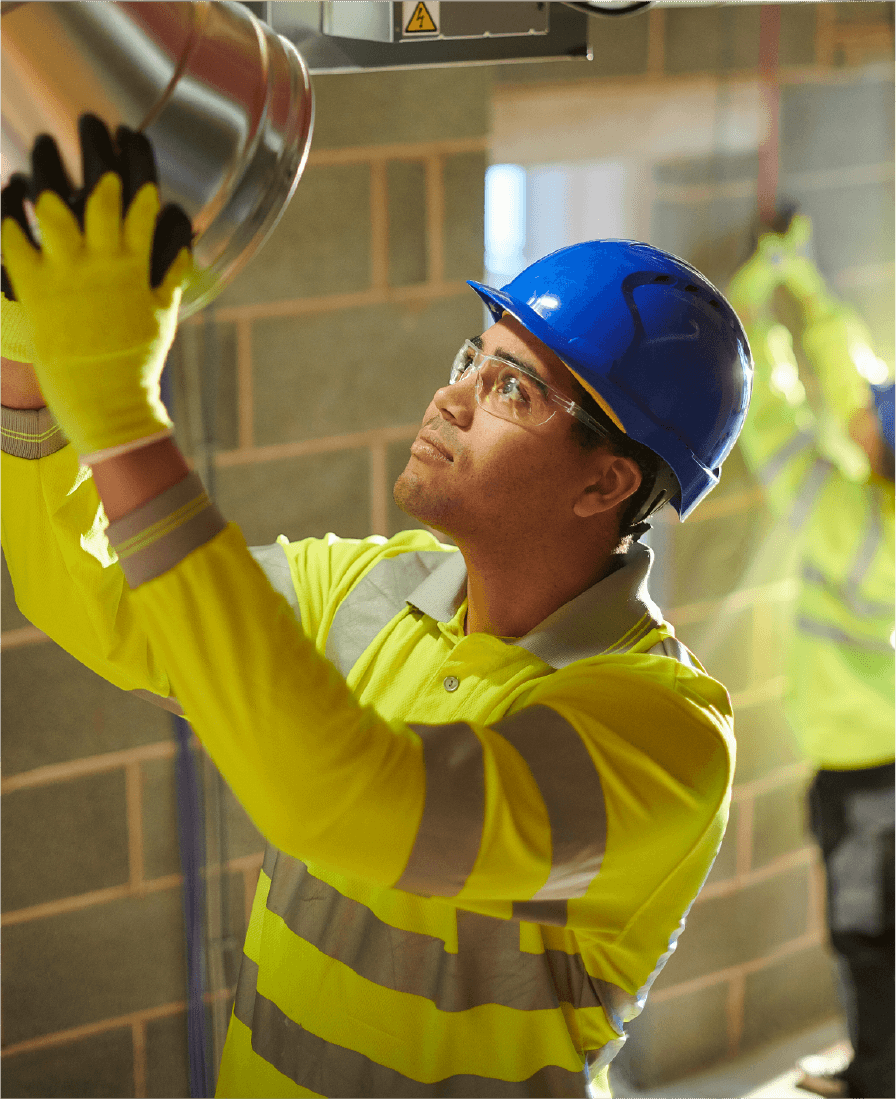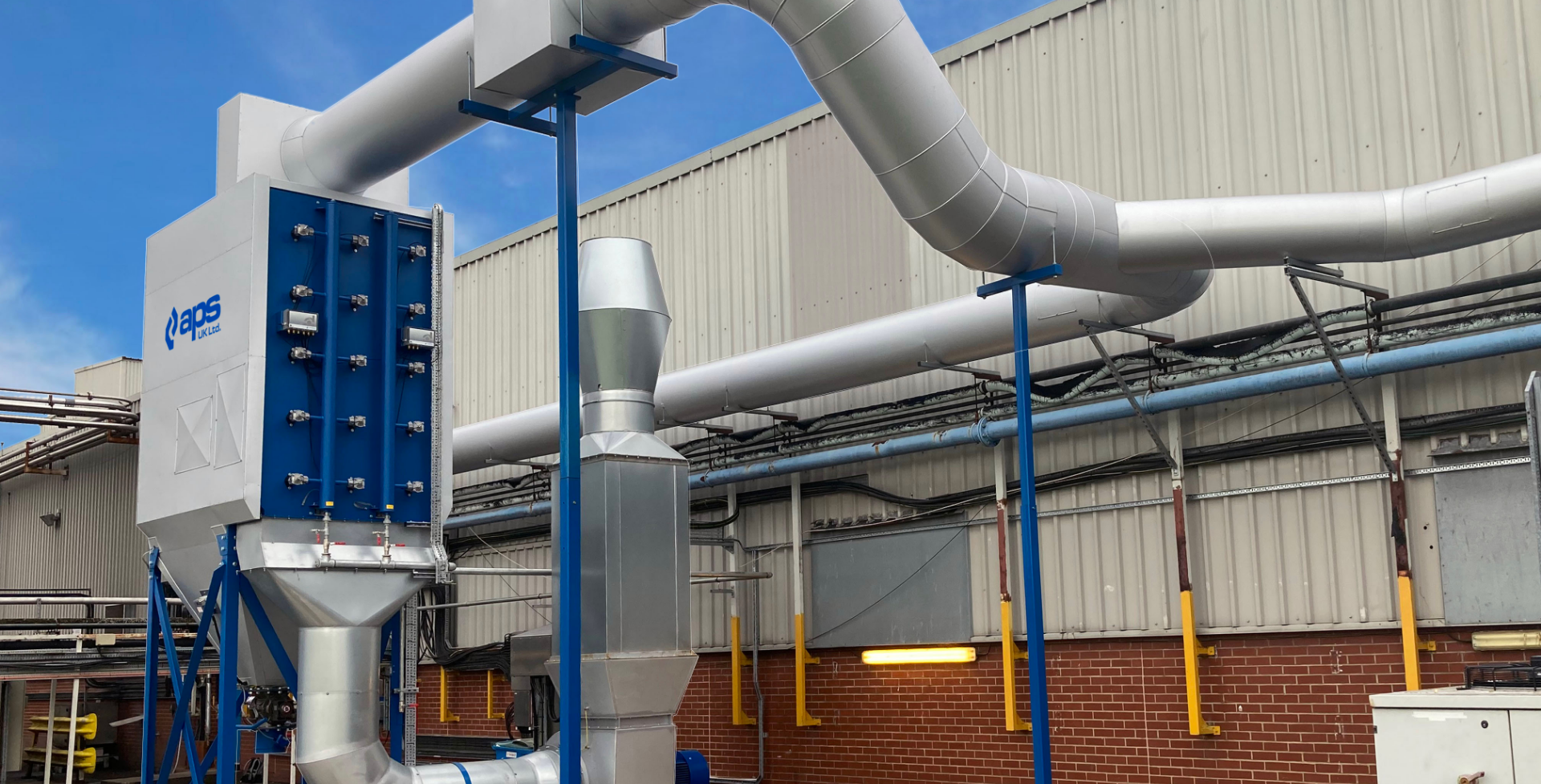How often should an LEV be serviced? Everything you need to know about LEV testing and maintenance
Matt Brown | Published July 24th 2025 | Updated September 24th 2025
LEV (Local Exhaust Ventilation) systems help ensure a safe working environment for your employees, removing potentially dangerous airborne contaminants such as dust and fume from the production area, whilst ensuring compliance with health and safety regulations.
Whether you’ve recently purchased and installed a new LEV system, or you’re wondering if your older LEV system is up to scratch, we’ve broken down the basics of everything you need to know about LEV testing, service, and maintenance.
–
What is LEV testing, and why do you need an LEV test?
An LEV test checks if the LEV system is working as it should be. It’s a legal obligation to carry out regular inspections of your LEV system, to ensure it’s operating safely and to expected standards, and highlight potential inefficiencies in equipment.
According to the Health and Safety Executive (HSE), under COSHH (Control of Substances Hazardous to Health) regulations, LEVs should be tested at least once every 14 months, with companies required to hold records of tests for a minimum of five years.
You should get your LEV equipment tested by a P601 Certificated LEV Engineer, who will be able to provide a comprehensive report on how your dust extraction system is performing, and make any necessary recommendations on improving its efficiency.

What does an LEV test involve?
The LEV testing process involves multiple elements, including:
At the end of the test, the engineer will provide you with a full report, outlining any actions you need to take. It’s important you keep this report on record, along with the results of the test, to stay compliant with the rules and regulations around LEVs and exposure to dust in the workplace.
A good LEV testing report will include:
You can find out more about what to expect in a health and safety audit here.

How often should an LEV be serviced?
Unlike testing, which is required every 14 months, there is no specific law around how often an LEV should be serviced. The HSE simply states that all employers must maintain LEV system performance.
Generally, LEV systems should be serviced at least once a year, although high-usage environments may require more frequent checks.
Regular servicing and testing will help you to identify potential issues before equipment failures happen, saving you time and money in the long run.
What’s involved in an LEV service?
Following on from LEV testing, LEV maintenance involves the repair, refurbishment, replacement or cleaning of LEV system components that are no longer performing optimally.
Worn-out parts like filters, ducts, or hoods will need to be replaced, while the removal of excess dust is required to ensure proper airflow throughout the system.
A well-maintained LEV system will create a healthier and safer work environment for your employees, whilst protecting your business against unexpected downtime and emergency maintenance costs.
Here at APS, we’re trusted industry experts in LEV testing and servicing, with all our work carried out by qualified engineers with years of experience. We provide comprehensive LEV testing in accordance with COSHH regulations and HSE guidance, and we’ll talk you through our recommendations post-inspection so you can improve the performance of your LEV system.
Got an LEV system which hasn’t been tested or serviced recently? Your employees could be at risk. Get in touch with us today and one of our team members will be able to advise you on the next steps for LEV testing and servicing.


We Consult
Understanding is key. We take the time to grasp your specific requirements, ensuring solutions tailored just for you.

We Design
With your needs as our blueprint, we craft designs that are both functional and in step with modern aesthetics.

We Install
Our team prioritises a smooth, efficient installation process, minimising disruption while focusing on optimal safety outcomes.